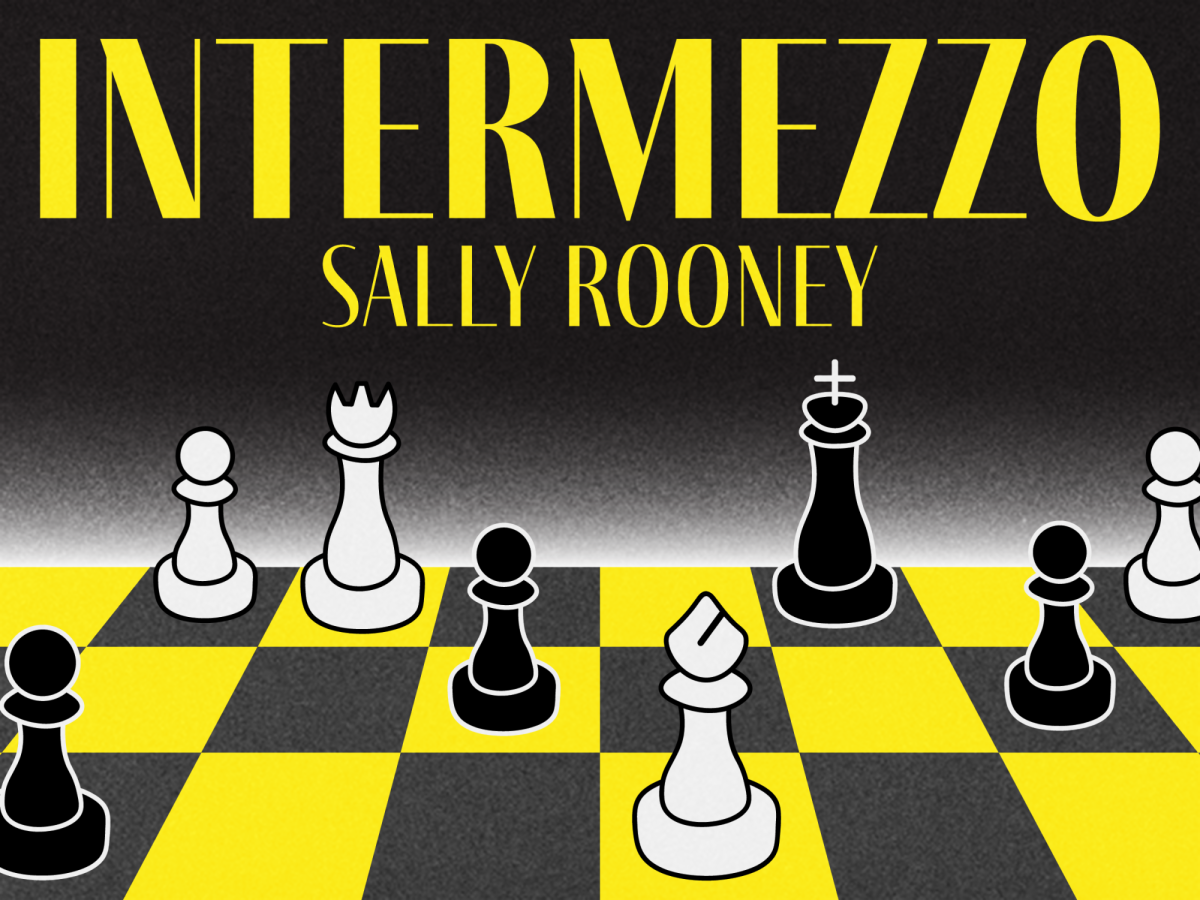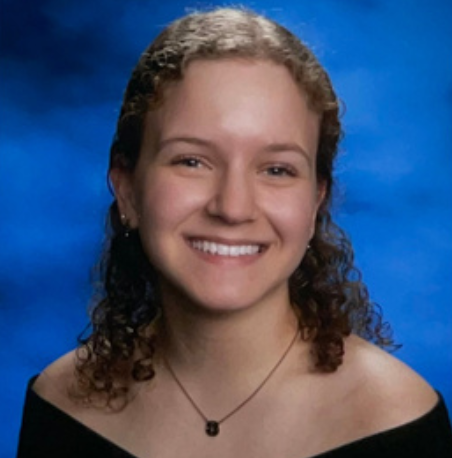From Dublin to County Sligo, Ireland, Sally Rooney takes readers across the chessboard and on a journey through love, loss and lamentation in her latest novel, “Intermezzo,” released Sept. 24.
The story follows Peter and Ivan Koubek, brothers who all but hate each other but are brought together again following their father’s death.
Peter, 32, is a lawyer caught up in the toils of grief and Xanax. He juggles relationships with two women throughout the novel, constantly comparing them and quickly self-deprecating himself in the process. Sylvia, his ex-girlfriend and best friend, left him after a horrific car accident, but they remain close despite it. Naomi is his wild and noncommittal lover, approximately 10 years his junior.
Ivan, 22, is an unemployed chess player, whose ratings have steadily dropped to make him almost insignificant. He gets involved with Margaret, a 36-year-old event coordinator, after a chess tournament and they determine their relationship is best kept secret, or at least vague because of their 14-year age gap.
In typical Rooney fashion, the story is merely a character study with the only plot devices being that of everyday experience –– note Peter’s reflection early on in the novel, “But it is a pleasure, isn’t it, on a crisp September night in Dublin to walk with long free strides along a quiet street. In the prime of his life.”
Peter’s sections of the novel are written in stream-of-consciousness, fragmented sentences, possibly to parallel his mental state and the drugs to which he’s become accustomed.
While he is a hard character to connect with originally, he ultimately becomes a grounding character readers root for, particularly for his acute recognition of his relationship with other people.
Peter thinks, “Quietly they look at one another. Love at times indistinguishable from hatred,” and though the scene is between him and Sylvia, it is reminiscent of all relationships, whether romantic or familial, in the novel.
Ivan is more of the typical heartthrob, similar to Connell Waldron in Rooney’s “Normal People.” His chapters follow more of a pattern similar to chess, in that they are organized and clear. Chess is innate to him in contrast to the clumsy, awkward way in which he conducts himself off of the board.
Intermezzo is a divergence from Rooney’s other work, in that the two main characters are male and the focus of the novel is on family. She is at her most mature in “Intermezzo,” both in writing ability and subject matter.
In an interview with the New York Times, Rooney said, “I’m aware that people think that my work is heavily autobiographical, and in fact, it isn’t. It felt like they were just fictional characters, like all my other fictional characters, and I was intrigued by them. So the question of gender felt very secondary, but there were moments where I thought, ‘Have I got any of this right?’”
Rooney, known to interweave political and socioeconomic commentary into her novels, is more forthcoming this time around. In a chapter where Ivan and Margaret meet up and go to her house in Sligo, a large chunk of the text is commentary on the cyclical nature of capitalism, disconnecting the commentary from the novel in a way in which it stands alone.
Mirroring Rooney’s Marxist views, Ivan says, “Money overall a very exploitative substance, creating it seems fresh kinds of exploitation in every form of relationality through which it passes. Greasing with exploitation the wheels of human interaction generally.”
Her commentary is not reserved for fiction, however. Before a reading at Southbank Centre on Sept. 25 celebrating the release of her novel, Rooney shared her stance on the Israel-Hamas War, calling it an “unfolding genocide.”
An intermezzo is a short piece of solo work in a musical piece, and “Intermezzo” feels as though it stands alone from Rooney’s other work in both maturity and subject matter and acts as the checkmate of her work thus far.



